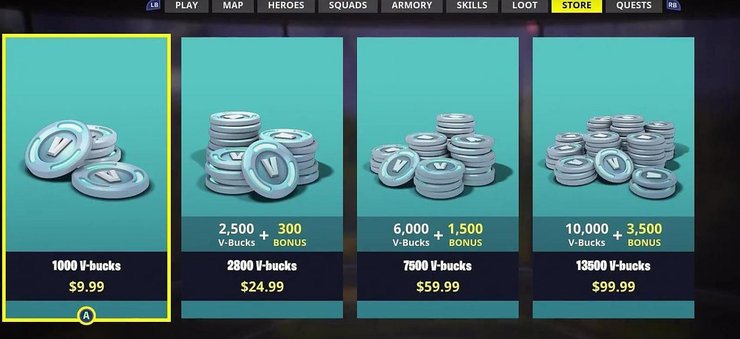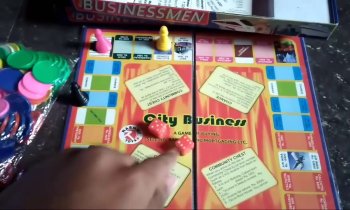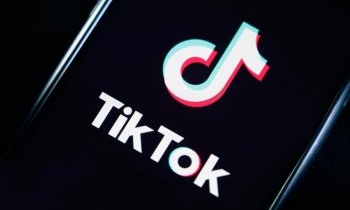Table of Contents
Video games have changed immensely over the last few decades, and not just in terms of graphics. At the start of the century, online multiplayer and in-game purchases weren’t even an option. Nowadays, they’re everywhere, and it’s had a massive impact on what people expect out of their gaming experience.
It’s incredibly common now for games to be cheap, or even free-to-play, because developers have found ways to make money away from the initial purchase. Microtransactions in the form of loot boxes, DLC, and so forth have made companies far richer than they ever would have been just selling games at a basic retail price.
What are these various forms of microtransaction, though, and where have they had the greatest impact?
Loot Boxes
The first thing that tends to come to mind when people think of microtransactions nowadays is loot boxes. Sometimes considered a controversial option, this mechanic allows players the opportunity to add stronger characters and weapons to their team. However, the catch is that they have no idea what’s inside a loot box until they buy it. The best items have the lowest drop rates, so you can purchase hundreds of boxes without ever getting what you want.

The FIFA franchise has used this system a lot with their Ultimate Team mode, which allows players to collect cards and put together their own fantasy squad. This system has been so beneficial to developer Electronic Arts that they’ve sometimes made nearly $1 billion in just one financial quarter.
Gacha
Similar in design to loot boxes are gacha mechanics which have been popular in Japan for a long time now. Where they differ from the more controversial microtransaction is in their fairness towards players. While you can keep buying loot boxes and never get what you want, gacha games tend to have a limit on how much you need to spend before you get something special. It’s a system that’s designed to reward you for your payment, rather than leave you feeling disappointed.
Easily the best example of this right now is Genshin Impact. It made nearly $400 million on phones alone in the space of two months, with players won over by its adventurous gameplay and social factor. Criticisms about it being heavily inspired by Nintendo’s Breath of the Wild haven’t affected its popularity, and its success may well signal a rise in gacha games here in the West.
Pay To Continue
Not all transactions in games are about gifting the player with new characters, weapons, skins, etc. Sometimes, they act as a paywall, preventing people from making any progress until they’ve handed over a specified fee. This can either be a one-off payment, or something that’s required multiple times during the gaming experience.
It’s a feature that was utilized by Nintendo for their Super Mario Run mobile game, with people forced to pay if they wanted to advance past the first few levels. It’s also essentially how online casinos work, with things like slots games requiring a payment every time people want to try their luck at online gambling. If you happen to be looking for somewhere to play online slots, you’ll find that the best ones end up on Online Casino Reviews. You can play slots to your heart’s content, safe in the knowledge that you’ve picked somewhere approved by the experts.
DLC
Slightly different to these other microtransactions but still in line with the concept of paying for additional content is DLC. This is where new levels, features, or other elements are added into a game for a set price. What’s great about them is that they lengthen the lifespan of more single-player-oriented games which don’t tend to captivate people’s attention for as long as MMOs do nowadays.
Breath of the Wild, The Witcher 3, and The Last of Us are all games that have benefitted from the DLC treatment. However, there is a downside to this additional content. Its popularity has meant that developers sometimes release unfinished titles, using DLC to flesh out the game with stuff that would once have been there from the very beginning.
In-Game Currency
The randomness associated with certain microtransactions can put players off, which is why some video games opt for a different tactic. They set characters and items at a specific price which players have to pay for using the in-game currency. In these instances, people aren’t required to purchase anything because it’s possible that they can earn enough in-game money simply through playing the game. However, the time and effort this takes are usually more than its worth, making the microtransaction incredibly alluring.

Fortnite is a good example of this type of mechanic. It’s a free-to-play game where many elements are available to unlock whether you spend money or not. However, the slow rate of progression prompts most players to invest real cash into the game, which is how it's amassed a lifetime revenue of $1 billion.
With technological developments making it possible to add content to games post-release, it’s likely that microtransactions will continue to be prevalent in what we play. For the most part, that’s a good thing. However, just remember to be careful when it comes to spending real money. Never pay for more than what you can afford, no matter how enticing something in your game might be.













Comments